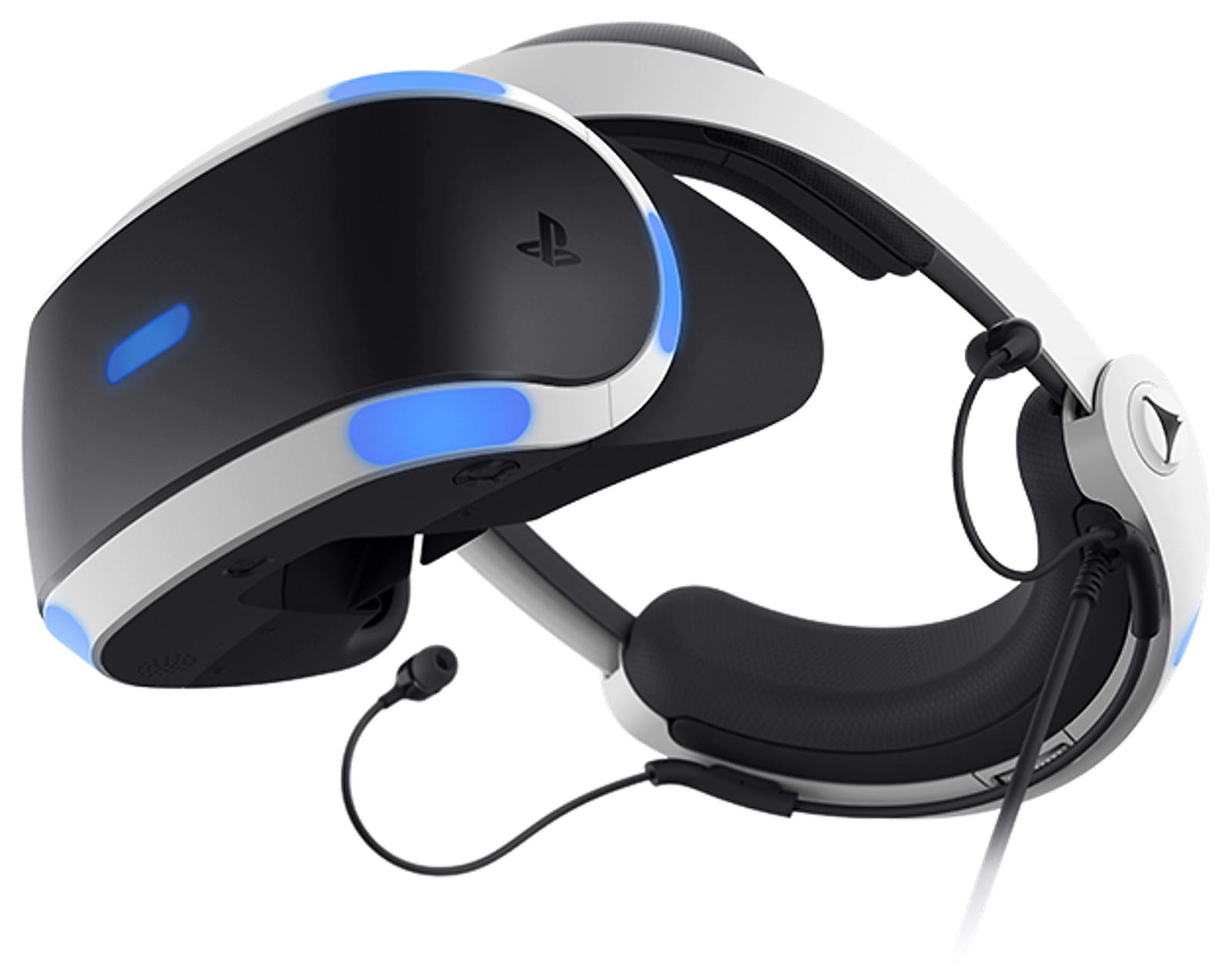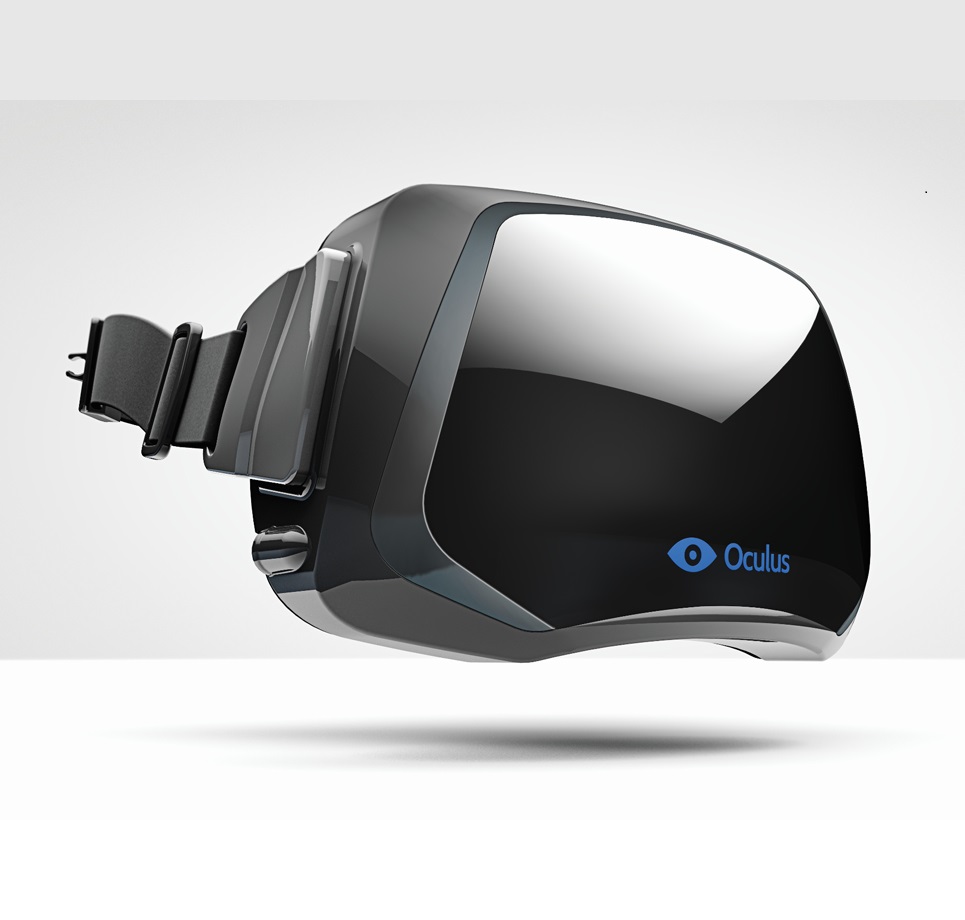Virtual Reality Sales Predicted To Take Off In Spite Of Economic Gloom

Market analysts see strong demand for virtual reality and augmented reality tech through 2026 in spite of near-term economic cutbacks
Sales of augmented reality and virtual reality products are expected to grow sixfold to 88 million devices shipped in 2026, from 14 million this year, analyst firm CCS Insight has forecast, as rumours suggested Apple may be preparing to launch its entry into the field early next year.
Metaverse products, also known as extended reality or XR, referring to immersive experiences using specialised hardware, have seen an influx of interest since Facebook parent Meta renamed itself after the concept in 2021 and some see the technology as the internet’s future.
CCS said it augmented reality (AR) products being launched next year should kick-start the consumer AR segment, while more immersive VR headsets such as Meta’s Quest should continue to sell well.

PlayStation VR 2
This year’s expected 14.3 million AR/VR units would represent a 30 percent rise year-on-year as the devices remain high on the wish lists of tech fans and early adopters in spite of macroeconomic difficulties, CCS said.
The 2022 figure is lower than previously forecast as many people are “rethinking their budgets”, said senior CCS analyst James Manning Smith.
VR headsets are expected to represent 93 percent of device shipments, with Meta’s Quest 2 the leader in standalone headsets.
Sony is now expected to delay its second-generation PlayStation VR headset to next year, leading to a 76 percent rise in sales of VR devices that tether to a PC or console in 2023 due to pent-up demand, CCS said.

Enterprise XR
AR device shipments are set to see more than 100 percent growth this year and to triple next year due to the arrival of new smart glasses in late 2022 and throughouth 2023, Manning Smith said.
CCS sees enterprise VR and AR devices hitting 2.6 million units this year, a 30 percent annual rise.
“The changing nature of work during the pandemic led to businesses testing the deployment of immersive technology for a range of new applications,” Manning Smith noted, adding that the technology is “here to stay”.
The firm sees standalone VR headsets remaining the leader through 2026, with AR smart glasses “gaining pace”.
Apple headset
Apple analyst Ming-Chi Kuo of TF International Securities said in a research note last week he expects to see Apple release its long-awaited AR/VR headset in January 2023, noting that it is “the most complicated product Apple has ever designed” and that the release could help fuel “rapid growth” in the standalone VR headset market.
The headset is expected to offer a combination of VR and AR features.
Bloomberg reported on Monday that the device may use Apple’s new M2 chip, which powers MacBook Pro laptops announced earlier this month.
Investment
The news agency said the device may include 16GB of RAM, the same as the middle-range MacBook Pro 13-inch 2022, which comes in 8GB, 16GB and 24GB RAM variants.
Kuo added that he expects Meta to cut back on its near-term investment in VR hardware as it focuses on its advertising business.
Chinese tech giant Tencent announced an AR/VR unit on Monday and said it plans to make both hardware and software, in line with the efforts of Meta and Apple.